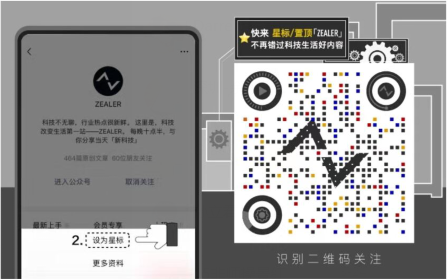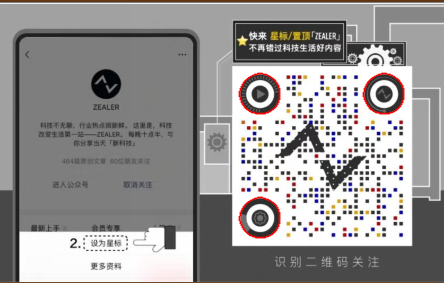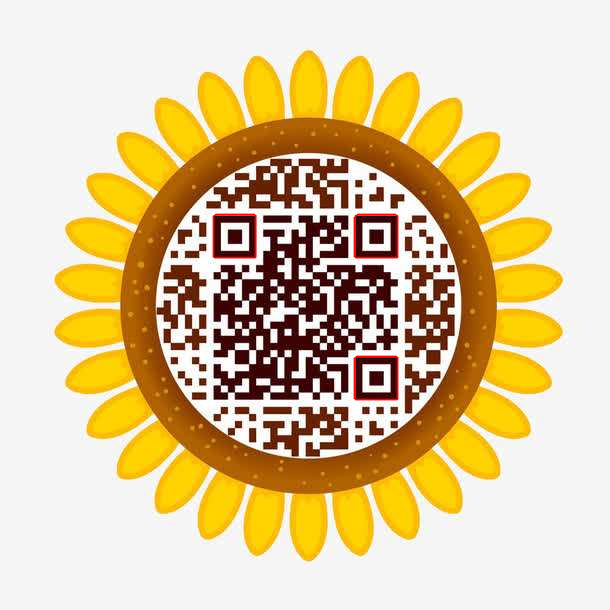#include<opencv2/opencv.hpp>
#include<vector>
using namespace cv;
using namespace std;
#define QR_FEATURE_NUMBER 3
#define PIXEL_BLACK 0
#define PIXEL_WHITE 255
/// 进行仿射变化
void warpTransform(const Mat &src, Mat &dst, const RotatedRect &rect) {
int width = rect.size.width;
int height = rect.size.height;
// 源矩形位置
vector<Point> srcPoints;
Point2f pts[4];
rect.points(pts);
for (int i = 0; i < 4; i++)
{
srcPoints.push_back(pts[i]);
}
// 目标矩形位置
vector<Point> dstPoints;
dstPoints.push_back(Point(0, 0));
dstPoints.push_back(Point(width, 0));
dstPoints.push_back(Point(width, height));
dstPoints.push_back(Point(0, height));
// 进行仿射变化
Mat matrix = findHomography(srcPoints, dstPoints);
dst.create(Size(width, height), src.type());
warpPerspective(src, dst, matrix, dst.size());
}
/// 查看绘制效果
void drawContours(const Mat &src, const vector<vector<Point> > &contours) {
for (int i = 0; i < contours.size(); i++) {
// 绘制轮廓
drawContours(
src, // 画布
contours, // 轮廓集合
i, // 轮廓索引
Scalar(0, 0, 255), // 绘制颜色
1,
LINE_AA
);
}
}
bool verifyContour(const Mat &binary, vector<Point> &contour) {
// 1. 利用仿射, 获取旋转后的像素数据, 并写入 cur_mat
Mat cur_mat;
warpTransform(binary, cur_mat, minAreaRect(contour));
// 2. 计算中心黑色区域的宽高
int width = cur_mat.size().width, height = cur_mat.size().height;
int c_x = width >> 1, c_y = height >> 1;
int in_l = c_x, in_r = c_x, in_t = c_y, in_b = c_y;
while (in_l > 0 && cur_mat.at<uchar>(c_y, in_l--) == PIXEL_BLACK);
while (in_t > 0 && cur_mat.at<uchar>(in_t--, c_x) == PIXEL_BLACK);
while (in_r < width && cur_mat.at<uchar>(c_y, in_r++) == PIXEL_BLACK);
while (in_b < height && cur_mat.at<uchar>(in_b++, c_x) == PIXEL_BLACK);
int in_w = in_r - in_l, in_h = in_b - in_t;
// 2.1 确保中心黑色区域为正方形
float scale;
if ((scale = (in_w / (float)in_h)) > 1.2f || scale < 0.8f) {
return false;
}
// 3. 计算中间白色夹层的宽高
int mid_l = in_l, mid_r = in_r, mid_t = in_t, mid_b = in_b;
while (mid_l > 0 && cur_mat.at<uchar>(c_y, mid_l--) == PIXEL_WHITE);
while (mid_t > 0 && cur_mat.at<uchar>(mid_t--, c_x) == PIXEL_WHITE);
while (mid_r < width && cur_mat.at<uchar>(c_y, mid_r++) == PIXEL_WHITE);
while (mid_b < height && cur_mat.at<uchar>(mid_b++, c_x) == PIXEL_WHITE);
int mid_w = mid_r - mid_l, mid_h = mid_b - mid_t;
// 3.1 确保夹层的宽高比为正方形
if ((scale = (mid_w / (float)mid_h)) > 1.2f || scale < 0.8f) {
return false;
}
// 4. 验证轮廓的正确性
// 计算 中间白色区域 与 中心黑色区域 比例
cout << mid_w / (float)in_w << endl;
return mid_w / (float)width <= 0.95f && (scale = (mid_w / (float)in_w)) >= 1.2f && scale <= 2.5f;
}
bool detectQrCode(const Mat &mat) {
// 转灰度
Mat gray;
cvtColor(mat, gray, COLOR_BGR2GRAY);
// 二值化
Mat binary;
threshold(gray, binary, 0, 255, THRESH_BINARY | THRESH_OTSU);
// 边缘检测
Mat candy;
Canny(binary, candy, 100, 200, 3);
// 找寻轮廓
vector<Vec4i> hierarchy;
vector<vector<Point> > contours;
findContours(candy, contours, hierarchy, CV_RETR_TREE, CHAIN_APPROX_NONE, Point(0, 0));
// 找寻特征轮廓
vector<vector<Point> > candidates;
int p_index = -1, pp_index = -1;
for (int i = 0; i < contours.size(); i++) {
// QR 码特征: 一个大轮廓, 嵌套两个小轮廓
// 1. 确保存在 -> 内环(父轮廓即内环)
p_index = hierarchy[i][2];
if (p_index == -1) {
continue;
}
// 2. 确保存在 -> 内环的内环
pp_index = hierarchy[p_index][2];
if (pp_index == -1) {
continue;
}
// 3. 验轮廓是否满足二维码的特征
if (verifyContour(binary, contours[i])) {
candidates.push_back(contours[i]);
}
}
// 绘制轮廓查看结果
drawContours(mat, candidates);
return candidates.size() >= QR_FEATURE_NUMBER;
}
void main() {
Mat src = imread("F:/VisualStudioSpace/OpenCV/Resource/qrcode3.jpg");
detectQrCode(src);
imshow("src", src);
waitKey(0);
getchar();
}


